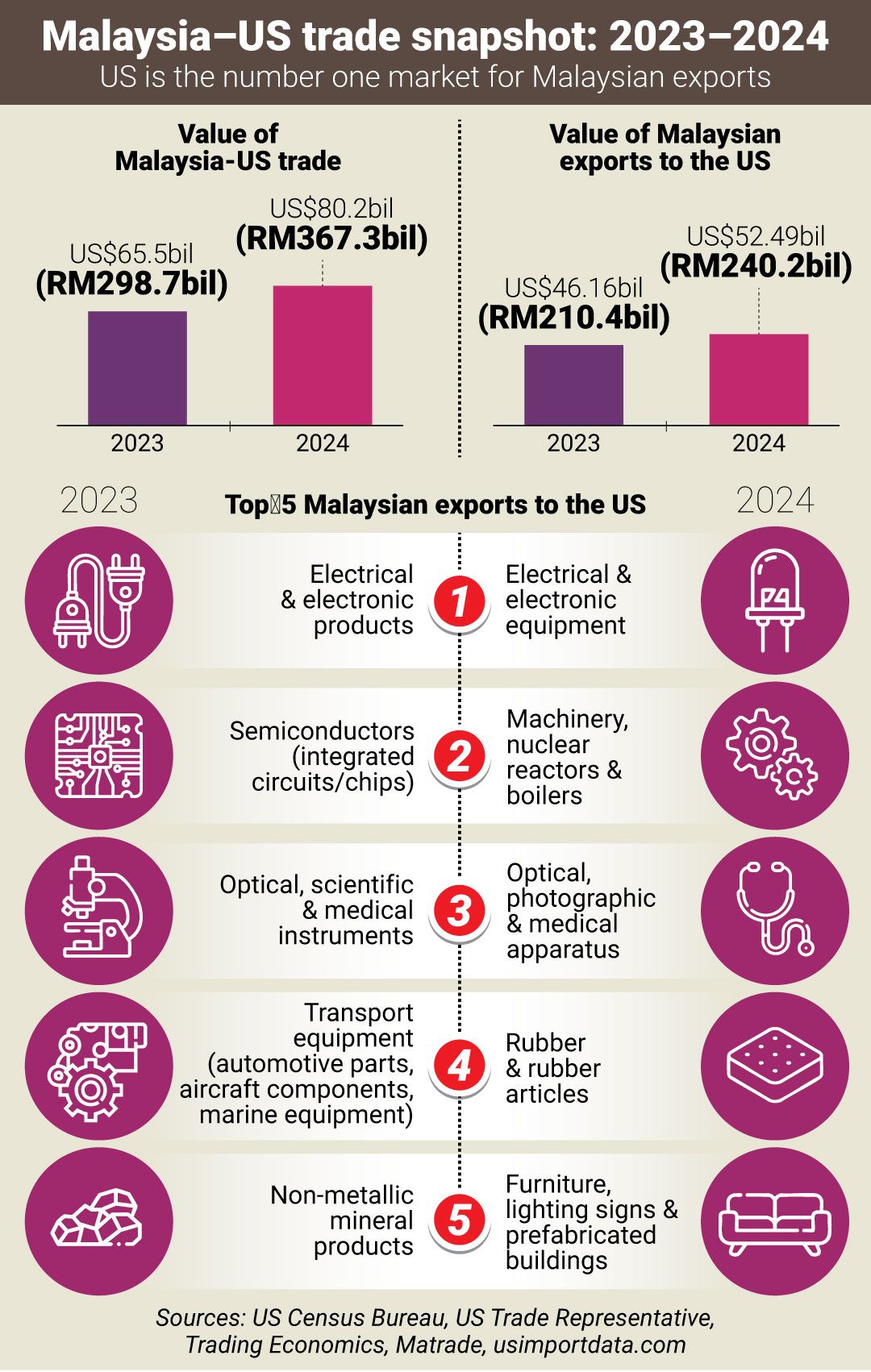When Sun Huihai first began working at a factory in the southern manufacturing belt of Guangdong some 13 years ago, his colleagues were all humans.
Now, they are joined by more than 200 robots which can work around the clock, seven days a week, to help produce air-conditioners for home appliances giant Midea.
Rows of bright orange robot arms whir at all hours of the day, fishing freshly pressed plastic parts out of hot metal moulds and onto a long conveyor belt.
Driverless robots with blinking lights store these parts in a multi-storey warehouse, and later take them to be assembled into units that are sold in China and around the world.
The number of robots put to work on the factory floor increases every year, said Sun, 37, who heads the plant’s engineering department.
“Every day, we think about how to upgrade and make manufacturing here more intelligent,” he said.
Scenes like this have become more common across China, as the “factory of the world” turns to robotics to sustain and turbocharge its manufacturing juggernaut.
Over the past decade, the number of industrial robots on China’s factory floors has increased more than six times to over 1.7 million, as companies grappled with rising wages and a shortage of workers willing to staff production lines.
China now has the world’s third-highest density of robots in its manufacturing industry, trailing South Korea and Singapore in first and second place respectively, according to the International Federation of Robotics’ figures for 2023, the latest available.
Their deployment is poised to increase further as China continues its transition from low-value, labour-intensive production to advanced manufacturing – a national priority.
Policymakers in China, wary of the hollowing out of industries which can occur when countries get richer, have long pushed for greater automation to keep factories competitive.
Factories in China pumped out nearly 370,000 of industrial robots in the first half of 2025, up 35.6% from the previous year, according to figures from the National Bureau of Statistics.
But as robot adoption picks up pace, one question that arises is: What will happen to the more than 100 million workers whom China’s manufacturing sector employs?
Academics Nicole Wu and Sun Zhongwei, who interviewed and surveyed factory workers in southern China just prior to the Covid-19 pandemic, found that these individuals were not too concerned about robots just yet.
“Contrary to the more pessimistic assessments of automation, most manufacturing workers in Guangdong – who are buffered by steady increases in demand and a chronic labour shortage – appear to be unfazed by technological change at present,” they wrote in a paper published this year.
Back at the Midea factory, Wang Liangcai, 26, an engineer, believes that his job is safe from automation for now.
“Equipment still needs to be maintained, it can’t do so itself,” he said.
“But if you think about the long run ... we also don’t know how things will be.” — The Straits Times/ANN









